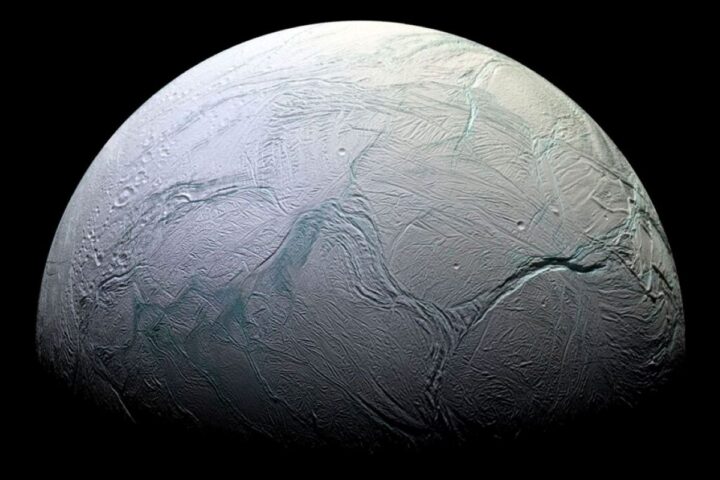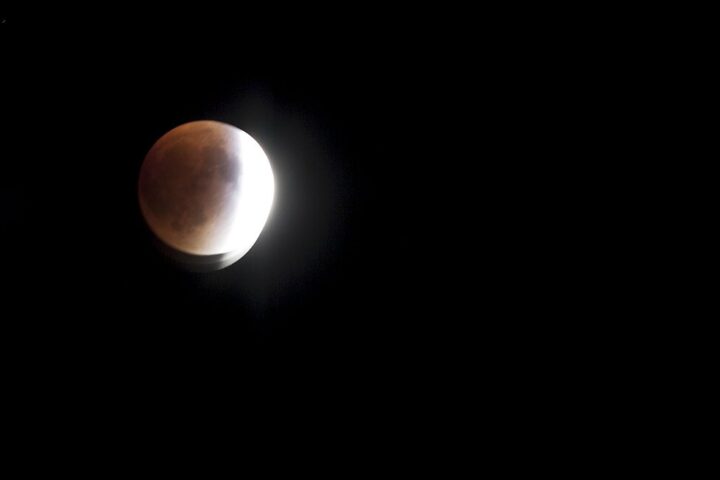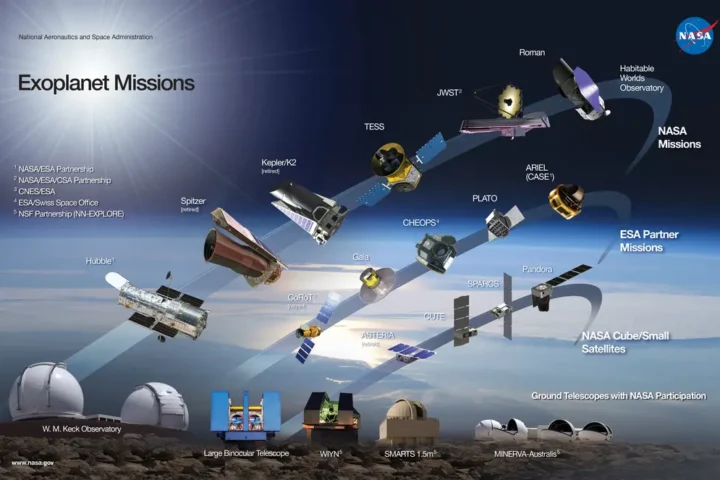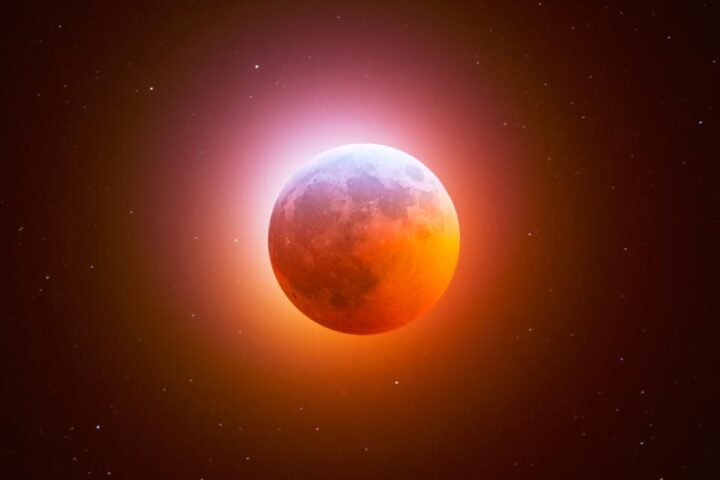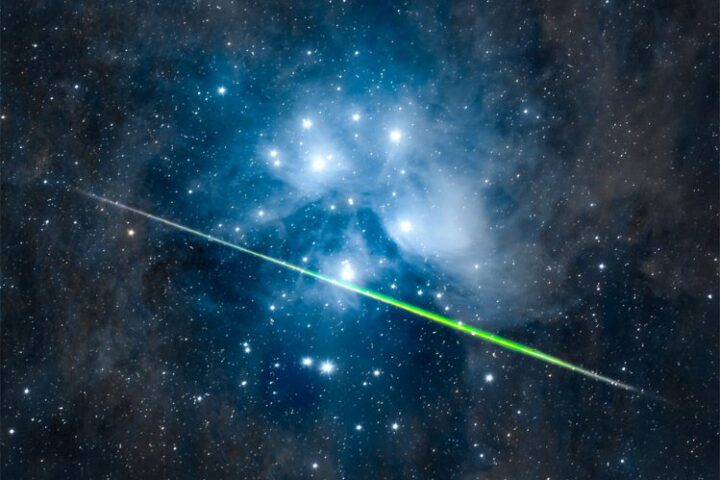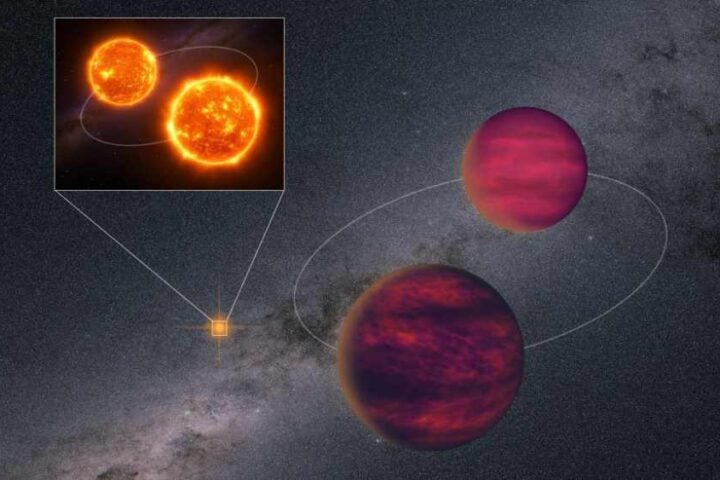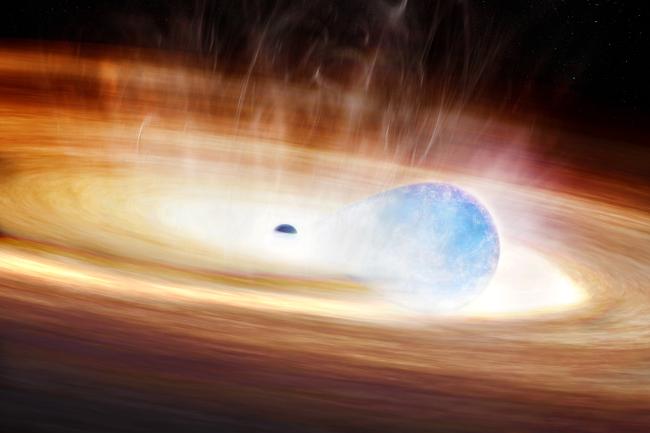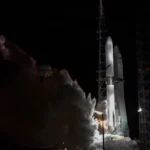Interactive brief with factual intro, instrument status, and related links.
ESA’s ExoMars & Mars Express Observe Interstellar Comet 3I/ATLAS
Oct 1–7, 2025: Mars‑orbiting spacecraft targeted 3I/ATLAS. ExoMars CaSSIS recorded a faint coma; spectral attempts are under review. JUICE viewing is planned after perihelion.

Brief Intro
Between 1–7 October 2025, ESA’s ExoMars Trace Gas Orbiter and Mars Express tracked interstellar comet 3I/ATLAS. CaSSIS captured a moving fuzzy dot consistent with the comet’s coma. Mars Express images were limited to 0.5 s exposures; image stacking is underway. Spectra with NOMAD, OMEGA, and SPICAM are being assessed.
The interstellar visitor came within roughly 30 million km of the spacecraft on 3 October. Discovery was reported on 1 July 2025 by the ATLAS telescope in Río Hurtado, Chile. Based on trajectory analysis, the object may be billions of years older than the Solar System.

What’s Next
ESA’s Jupiter Icy Moons Explorer (JUICE) plans to observe 3I/ATLAS just after its Oct 30 perihelion (~130 million miles). Due to current antenna use and geometry, data return is expected in February 2026.
ESA’s Comet Interceptor (launch window 2029) will wait in space for a suitable target, ideally a pristine long‑period comet from the Oort Cloud or, if reachable, an interstellar visitor.
Quick Check
Image Gallery (ESA Media)
Tap images to open ESA source pages. Captions include credit/licence lines as noted by ESA.
Wrap‑Up
The Mars observing week recorded a faint coma in ExoMars CaSSIS, while Mars Express imaging and spectroscopy remain under analysis. Observation dates, distances, instrument settings, and the upcoming JUICE and Comet Interceptor plans were listed for reader reference.






